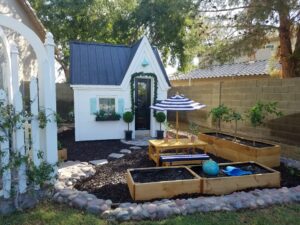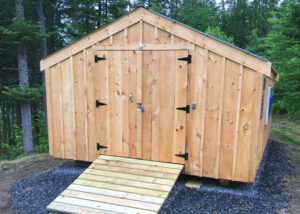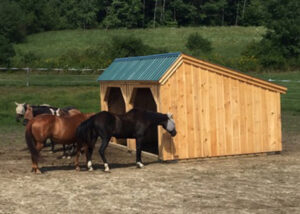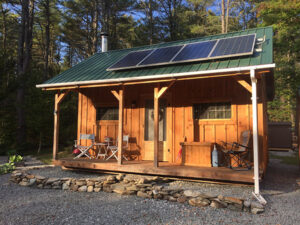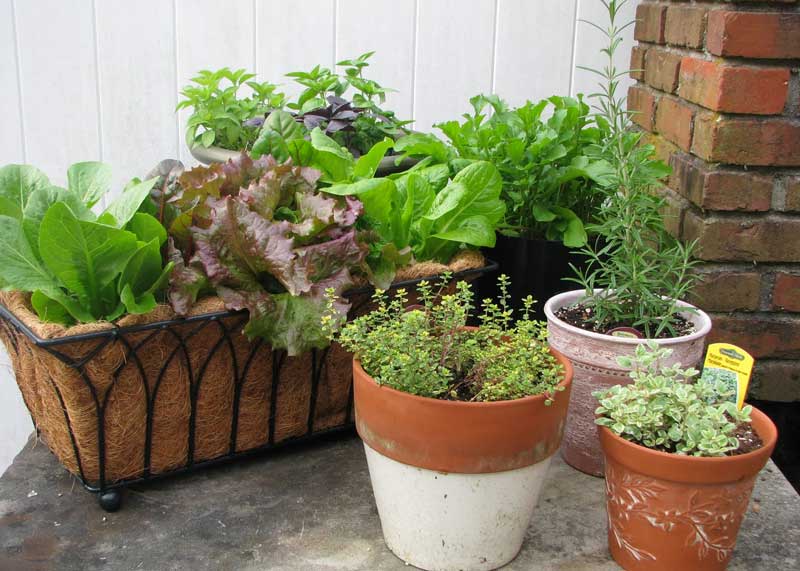
Fresh fruits and vegetables are an important part of a healthy diet, and they’re even better when you’ve grown them yourself. However, not everyone has the time or space to maintain an extensive garden. There are still some plants that you can grow in minimal amounts of space, even in flower boxes by your windows! A Micro-Garden is a great way for people who are curious about gardening to start off small. Even if you have a limited amount of space available, you can experiment with ways to maximize it, all while enjoying the benefits of growing your own food.
The Food and Agriculture Organization of the United Nations (FAO) defines micro-gardening as “the intensive cultivation of a wide range of vegetables, roots and tubers, and herbs in small spaces, such as balconies, patios and rooftops.” Micro-gardens may not be able to meet all your nutritional needs, but they certainly can supplement your diet with delicious and healthy veggies. We’ve put together this beginner’s guide to micro-gardens to help you pick plants and growing methods that will work best for your growing goals.
Container Options for Tiny Gardens
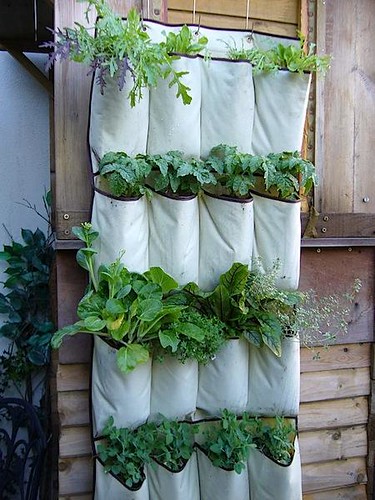
There are many options for how to contain your micro-garden, ranging from traditional to creative. Classic options include old-fashioned terracotta pots or window boxes. You can also purchase specialized planters that have water reservoirs at the bottom to keep your crops hydrated. If space is really scarce, consider making a vertical garden to maximize your space! If you have the means, you can even invest in a hydroponic growing system that can produce lots of vegetables.
You can also DIY containers for your micro-garden. Good old 2x4s can be cut into many shapes and sizes, and can be used to create planting boxes. Discarded wooden pallets can also be used as a source of lumber for creating containers. Food-safe buckets sourced from restaurants can be great containers for growing larger plants like tomatoes. You can even drill many holes in one of these buckets to DIY a strawberry barrel.
You can start seedlings in traditional plastic trays, or you can go with some recycled options. Make tiny pots out of empty toilet paper rolls or paper egg cartons! With these, you don’t need to unpot your sprouts before re-planting them. Just place the whole paper pot into the dirt and it will decompose as the plant grows.
How Much Space Do You have?
Whether you are planning to grow your micro-garden in window boxes, pots, or maybe small garden planters, it’s important to account for how much space you have, particularly how deep your container is. Some plants will easily grow in just small amounts of soil, while others have deeper root systems that require more space.
For shallow containers: Containers between 5 to 8 inches deep can house vegetables with shallow root systems. Herbs, leafy greens, radishes, and bush beans can all thrive in containers of this size.
Deeper Containers: If you have 9 to 14 inches of soil, you can grow anything mentioned in the prior category, along with carrots, onions, peppers, and tomatoes.
Difficult for Containers: Plants that grow extremely large or heavy fruits are a bit more difficult to grow in containers. Unless you have large, hefty containers, avoid squash and pumpkins for your micro-garden. Some varieties of peppers and tomatoes may also be difficult to grow unless you have a very large pot.
Grow Fast!
One way to maximize the productivity of a tiny garden is to cultivate plants that grow quickly. If you live in a warmer climate, for some it might be possible to get two separate harvests of crops before the growing season slows down!
Another way of making sure you always have fresh plants from your garden is to stagger planting times and to harvest frequently. If you plant two identical containers, but start one a couple weeks later than the other, your first container will yield tasty treats earlier as the other one is still growing. This is a great way to make sure there is always something fresh to nibble on, and that your plants never get too old as they sit around waiting to get eaten.
The timing of how you plant and harvest your micro garden can be determined by how long it takes your crops to mature. Here is a list of micro-garden suitable plants with growing times of about 2 months, plus some facts about these plants that may help you decide which you’d like to put in your tiny garden!
Great Plant Options for Micro-Gardens

Microgreens (14-21 days)
Microgreens are packed with nutrients, and can be harvested quickly. Growing microgreens requires starting them from seed: it is best to germinate these seeds in the dark, only exposing them to sunlight after a few days.
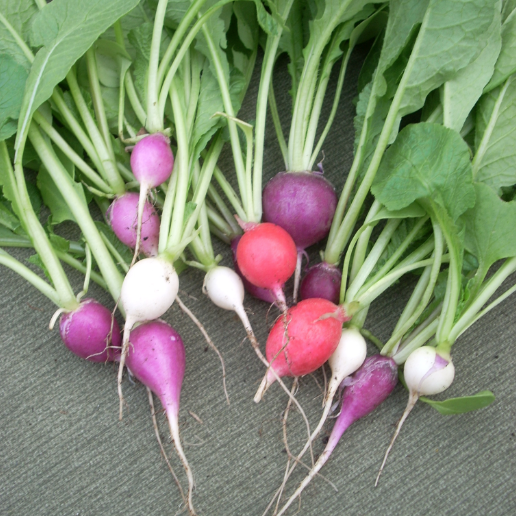
Radishes (30-40 days)
Radishes thrive alongside beans! Beans add nitrogen to the soil, which enriches it and helps the radishes grow.
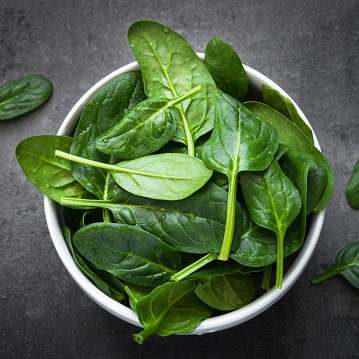
Spinach (35-45 days)
Spinach is a very healthy option for having in a home garden: Just 100 grams of it contains 4 times the daily recommended value of vitamin K, which helps promote proper blood coagulation.
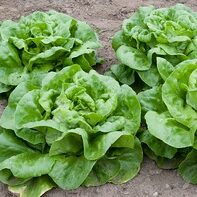
Lettuce (45-55 days)
Lettuce has shallow roots and can grow in many kinds of containers. People have even grown lettuce in Styrofoam takeout containers! It is a cool weather crop best grown before the hottest part of the year.

Green Onions and Chives (60 days from seeds)
If you purchase green onions at the grocery store, you can grow them easily if you have a root bulb! Chives are perennial plants, meaning that they will regrow every year, and are very low-maintenance.
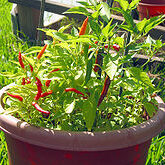
Peppers (50-90 days)
Smaller varieties of peppers do best in containers. Shishito peppers (mild) or Jalapenos (spicy) are both great choices for micro-gardens. Peppers like humidity and lots of sunlight.

Basil (50-75 days)
If your basil begins to grow flower buds, cut them off as soon as you see them! This will keep your plant fuller for a longer time. Planting basil with tomatoes can protect the tomatoes from Hornworm and other pests.
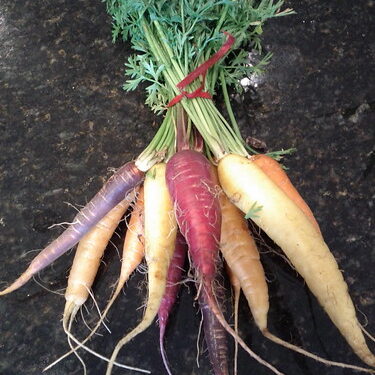
Heirloom Carrots (50-60 days)
Miniature varieties of carrots are better for smaller containers. The best time to harvest carrots is after they’ve experienced the first frost of the season: that is when they are at their sweetest.
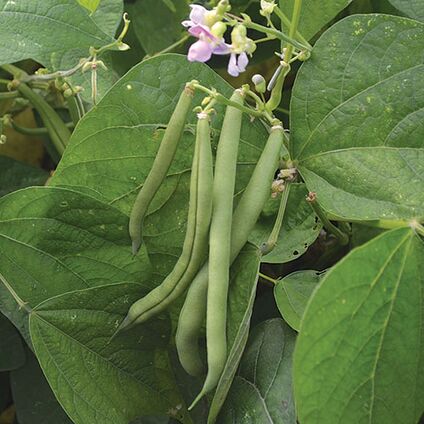
Bush Beans (50-55 days)
Bush beans have shallow root systems and can grow in many types of containers. They do however like to be spaced relatively far apart. These are a good option if you want many plants in separate pots.
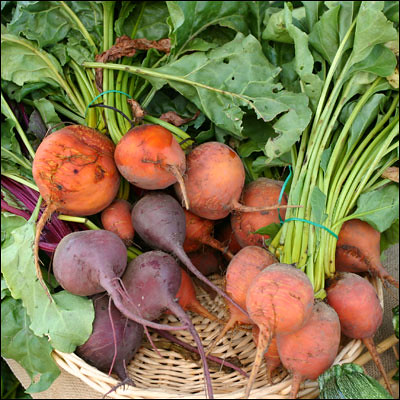
Beets (45-65 days)
Beets are cool-weather crops great for planting in spring and fall. The roots and the leafy greens are both edible and very nutritious. Avoid soil that is too nitrogen-rich or the roots won’t grow well.
Companion Planting
Did you know that some kinds of plants have best friends? Companion planting is a method of growing crops that keeps in mind what species of plants ‘get along’ with each other, and which ones are best to keep separate. The benefits of companion planting are many: it can be used to keep bugs away from pest-prone types of plants, to maintain the health of soil, and allow for plants to be packed more closely together, making your micro garden more productive. There are lots of resources available about companion planting. Prioritize a couple of plants you want for your micro-garden, then go online to find out what companion plants you can place near them to help them thrive.
Conclusion
Whether you have a spacious yard, or just a kitchen windowsill, we hope you’ll give micro-gardening a shot this season! Gardening as a hobby is shown to improve peoples moods and over-all health! Plus, you’ll feel great satisfaction in being able to provide some of your own food. Happy growing!


